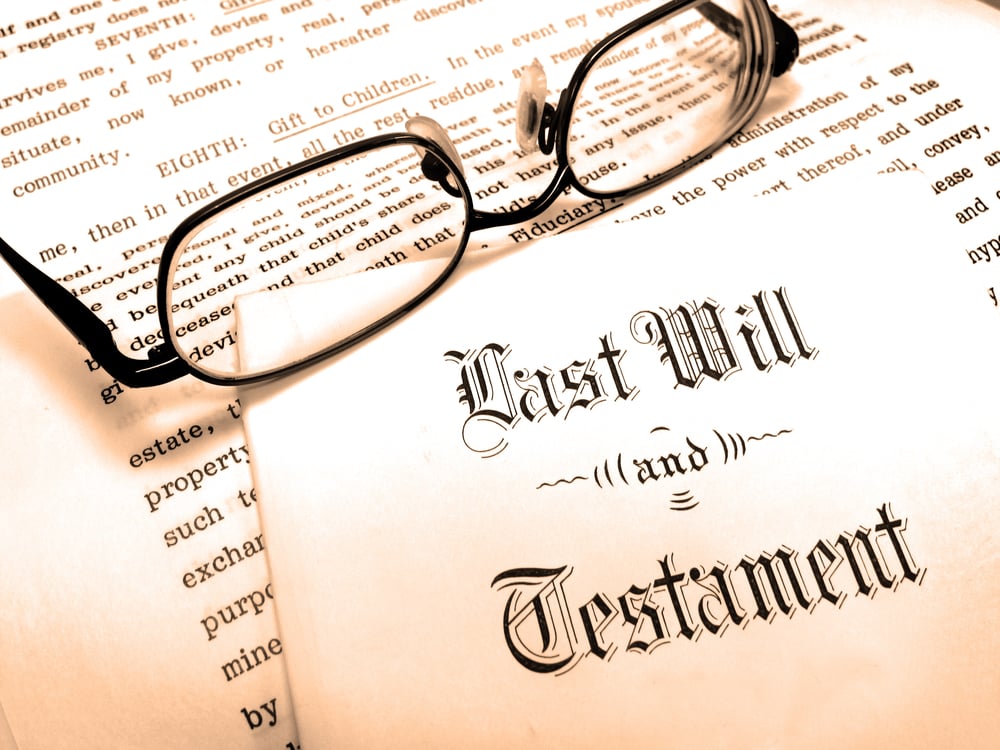A family trust is an essential tool of estate planning. One of the most common reasons for starting a family trust is to spare your family from having to go through probate to inherit your estate. Probate can be a long, drawn-out, expensive, and even contentious process. Another common reason for creating a family trust is to reduce your family’s tax burden when inheriting your assets. The two most common types of family trust are revocable trusts and irrevocable trusts. A revocable trust is a family trust whose terms can be changed and can even be dissolved at the discretion of the creator, or “Settlor,” of the trust. However, an irrevocable trust is a trust whose terms are irreversible and can never be dissolved once the trust is created. These are the main differences between revocable and irrevocable trusts. Now we shall discuss how to start a family trust.
Decide Who Your Trustee and Beneficiaries Will Be
It is within your rights to nominate yourself as the trustee of your trust. As the trustee is tasked with managing a trust, you may not feel comfortable handing over the management of your assets to a third party while you are still alive. If so, you will have to nominate a successor trustee who will manage the estate if you become incapacitated or pass away.
You will also need to decide who your beneficiaries will be. Your beneficiaries need not be family members. You are free to nominate whoever you like to be your beneficiary. You should also consider what will happen if any of your beneficiaries passes away. For instance, if you select your children as beneficiaries and one of them dies, their share can be distributed to their surviving siblings.
Decide How Your Trust Will Be Funded
Funding your trust means that you transfer the ownership of some or all of your assets to your trust. You will have to do an inventory of all your assets. This will give you a picture of what you are worth and what you can leave behind. Until you have transferred ownership of your assets to your trust, your trust will be unfunded, and your family will have to go through probate.
Draft Your Trust Document
The first thing you have to do is define what the terms of your trust will be. The terms will state what assets you are distributing, how they should be distributed, who your trustee and beneficiaries are, and any other important terms for you. You may choose to place restrictions on the distribution of assets. For instance, if you are leaving something to a minor, you can restrict their access or management of their portion of the estate until they are old enough to manage their share themselves. You have to think through various scenarios to ensure that there are a few problems as possible when it comes time to distribute your assets.
The trust document must be signed and witnessed before it can come into effect. Otherwise, it will not be legally binding.



